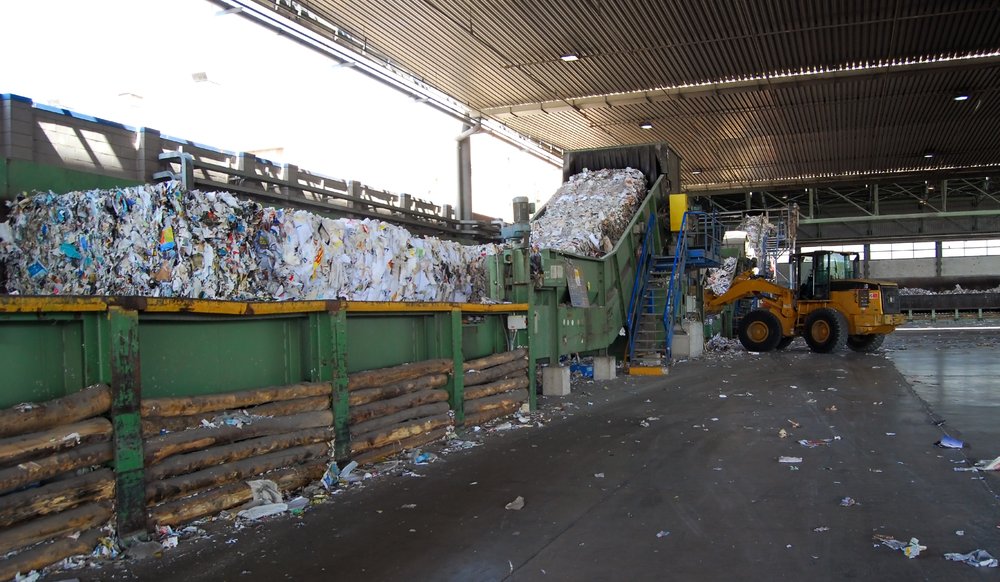For decades, China has been the world’s largest importer of recyclable materials. The United States used to export large amounts of recyclable materials, such as paper, cardboard, plastic, aluminum, etc. to China. In January 2018, China implemented the Green Sword policy which has severely hindered the recycling industry. This initiative has set strict limits on the type of and amount of recyclable materials that can be imported into China. With the largest purchaser of recyclable materials out of the market, the price of recyclables in the United States has plummeted.
Metal and cardboard, two materials which used to be worth money to recycle, are worth next to nothing in the current market. The rock bottom prices are making it difficult for recyclers to stay in business. Landfills are cheap and easy alternatives to recycling, but they are awful for the environment.
A growing solution to the abundance of unwanted recycling materials has been emerging as a new waste to energy technology. Waste to energy is the process of taking trash and recyclable materials and turning it into a form of usable energy. Waste to energy technology has been around for decades, but its application is becoming more widespread. It has a high initial cost to build the processing facility, but the cost pays for itself in no time at all.
The public often wonders how environmentally safe waste to energy technology is. Waste to energy companies are governed by many EPA (Environmental Protection Agency) regulations and laws. For example, the Clean Air Act of 1970 set forth standards on the amount and type of particulate emissions that can be emitted by the facilities. Facilities that operate under a Clean Air Permit must meet strict reporting guidelines. Although each Clean Air Permit is different as they are catered to the particular facility, most facilities have to submit several annual and semi-annual reports. In addition to strict reports, the EPA performs regular inspections at these waste to energy technology facilities. The EPA inspector performs inspections of the facility’s records, as well as inspects the facility for any unlawful emissions.
Waste to energy technology has been evolving for decades. Most facilities today would be classified as mass burn combustion facilities. At these facilities, the trash is brought in from all over the country. The trash is sorted into closed combustion chambers where it is burned, and the energy that is released is used to produce electricity. The only waste byproduct of a mass burn combustion facility is ash. This ash is processed through a filter that can capture over 99% of the particulate matter. Any remaining ash is disposed of according to EPA regulations. This makes waste to energy technology an exceptionally clean and efficient way to dispose of trash. This also allows countries, such as the United States, to dispose of unwanted recyclables that are not worth any money on the recycling market.
In the current recycling market, waste to energy technology is a great way to dispose of recyclables in a green way. Waste to energy can produce electricity for the general population and addresses the growing concern of overfilled landfills.











[…] is a combustible fuel commodity such as methanol, methane, ethanol, and other synthetic fuels. The waste to energy invention is considered as one of the greatest green technologies because it preserves the use of […]
Comments are closed.